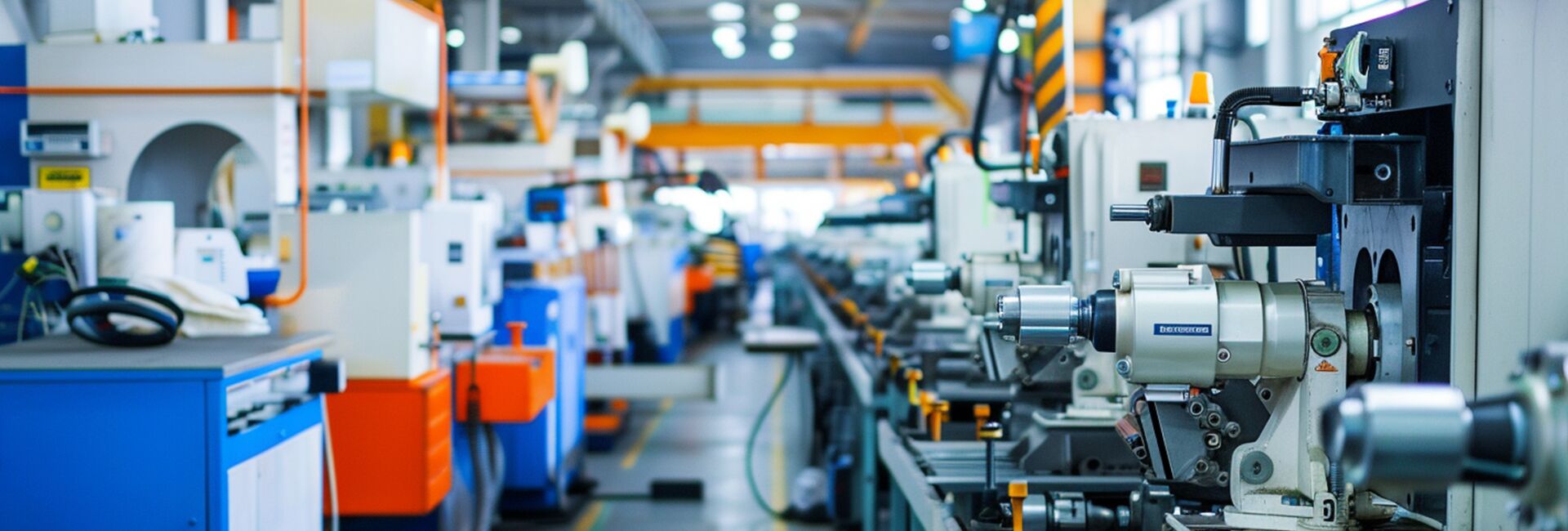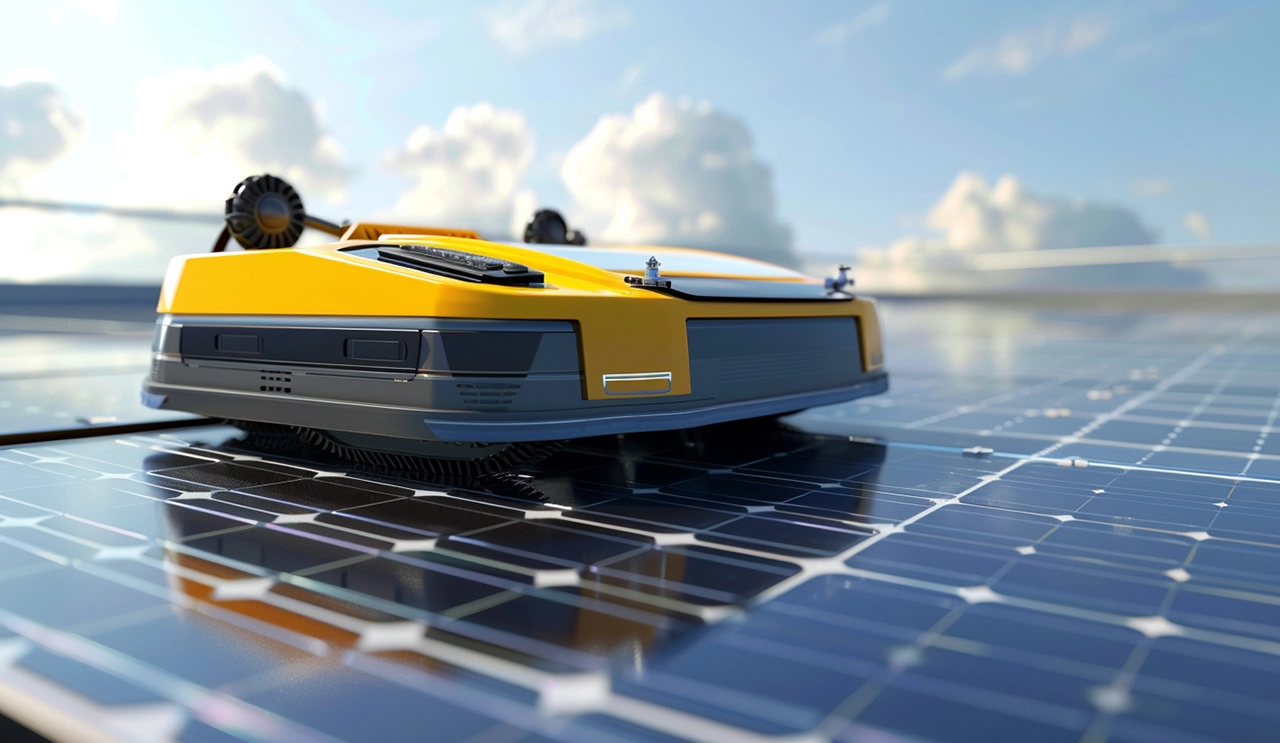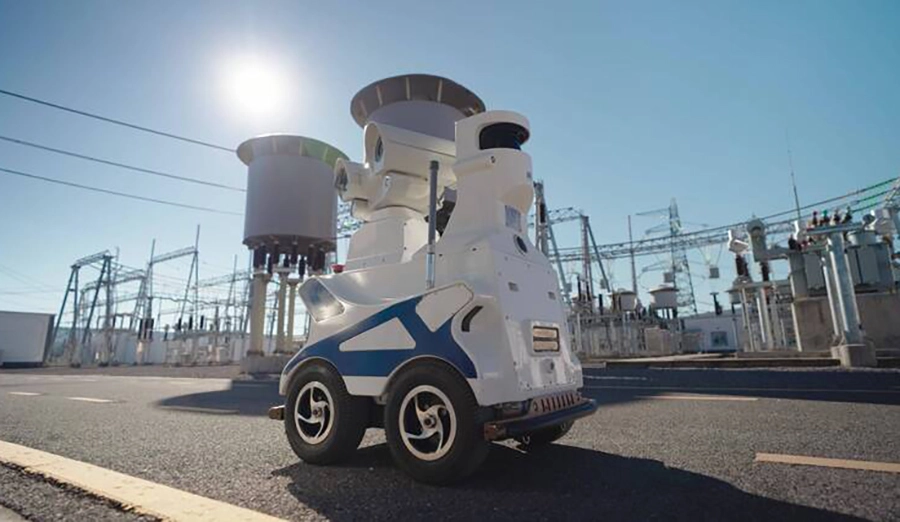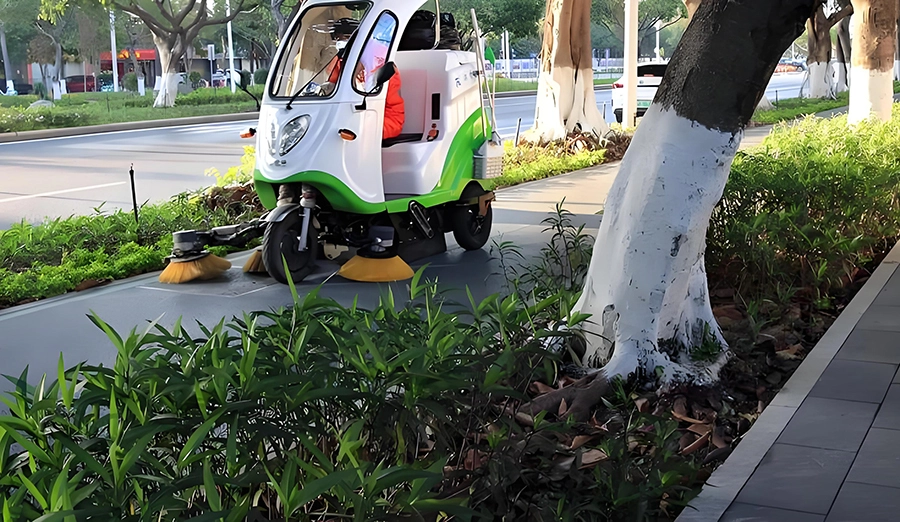
WIRELESS CHARGING IN THE NEWS
At present, UAVs mainly supplement energy through the following ways, and the technical path is limited by battery technology, use scenarios and cost factors:
1. Wired charging
Technical principle: Through the physical interface (TypeC, special slot) connected to the power supply, using lithium polymer battery (LiPo) or lithium ion battery (Liion).
Application scenarios: consumer UAVs (such as DJI Mavic series) and some industrial models.
Pros and cons: Low cost, high reliability, but long charging time (30 minutes to 2 hours), requiring manual intervention.
2. Charging dock/base station
Technical principle: The drone autonomously lands on a fixed charging platform and charges through contact electrodes or wireless induction.
Representative case: Skydio 2 Dock provides waterproof charging stations for drones, and Harvest Automation's agricultural drone base station in Israel.
Advantages and disadvantages: Support unmanned operations, but the deployment cost is high, only applicable to fixed areas.
3. Battery replacement system
Technical principle: Equipped with a modular battery compartment, the battery can be quickly replaced by a mechanical arm or manual.
Application scenario: logistics UAV (Zipline medical transport), industrial inspection UAV.
Advantages: Seamless battery life, but requires redundant battery reserves to increase operational complexity.
4. Solar-assisted charging
Technical principle: The wing integrates flexible photovoltaic panels (conversion efficiency of about 23%) to supplement the electricity in flight.
Representative models: Airbus Zephyr high-altitude pseudo-satellite, China's "rainbow" solar UAV.
Limitations: Dependent on light conditions, low power (usually only maintains battery life and cannot be fully charged).
Future UAV charging technology trends
In order to break through the battery life bottleneck, the future charging technology will develop in the direction of high efficiency, autonomy and multi-source:
1. Remote wireless charging
Magnetic resonance technology: Through the transmitter and receiver coil resonance transmission of power (efficiency of 90%), the United States WiBotic has achieved 300W charging within a distance of 5cm.
Laser charging: The ground or satellite emits a laser beam, the drone photoelectric converter receives and powers, and NASA tests to achieve 48 hours of continuous flight.
Challenges: safety (laser burn risk), regulatory limitations, and long-distance transmission losses.
2. Dynamic charging network
Mobile charging stations: Mobile charging devices mounted on vehicles or drones are deployed to form a "charging follow" mode.
Aerial charging: Large UAVs act as "charging motherships", charging small groups of aircraft via cables or wireless (similar to the U.S. military "Lightning carrier" concept).
3. Environmental energy harvesting
Rf energy capture: The collection of RF signals such as WiFi and 5G in the environment is converted into electricity, and the Powercast prototype has achieved micro-watt power supply within 10 meters.
Vibration/temperature difference power generation: The use of air flow vibration in flight or high-altitude low temperature difference power generation, suitable for long-term monitoring drones.
4. New energy storage technology
Hydrogen fuel cell: Three times more energy density than ultra-lithium (such as the Doosan DS30 fuel cell), the Israeli HighLander drone lasts up to 12 hours.
Solid state battery: Toyota cooperated with QuantumScape to develop, charging speed up to 4 times, higher safety.
5. Autonomous charging ecology
Smart grid integration: The UAV is connected to the urban smart grid, and charges during the power trough through AI scheduling, reducing energy consumption costs.
Biomimetic charging: simulates the use of air gliding to save electricity during bird flight, combined with intermittent charging to improve efficiency.
At present, the charging technology is still mainly wired and base stations, and in the future, "non-inductive battery life" will be achieved through wireless transmission, environmental energy reuse and new energy storage. Technological breakthroughs need to address energy density, safety standards and large-scale deployment issues, and ultimately promote the all-weather application of drones in logistics, rescue, monitoring and other fields.







